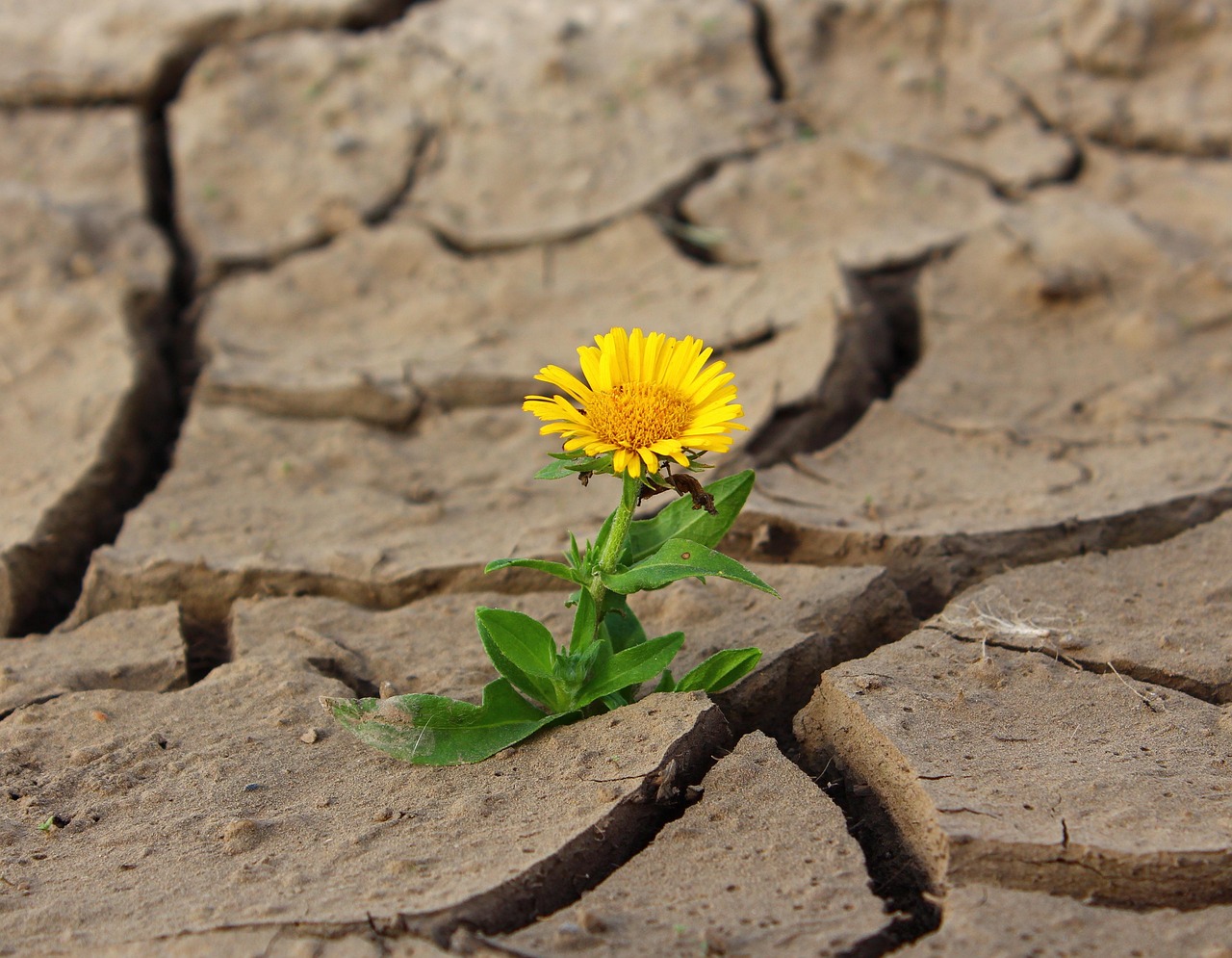On 11 August 2025, the National Drought Group (NDG) convened to confront what has been officially designated a “nationally significant incident”—a rapidly intensifying water shortfall across England.
Drought Scope & Impacts
- Drought status: Five regions are formally in drought, with six more under prolonged dry weather—the worst six‑month stretch since 1976.
- Temperature & rainfall trends: July was the fifth warmest on record despite some unsettled weather. Rainfall reached only 89% of the long-term average, marking the sixth consecutive month below typical levels.
- Water flows: Just over half of England’s rivers are near normal levels; the rest are “notably low” or “exceptionally low.” The Wye and Great Ouse rivers at Ely recorded their lowest-ever July flows.
- Navigation and agriculture: Several canal routes, including sections of the Leeds & Liverpool, Macclesfield, Trent & Mersey, Oxford, and Grand Union Canals, face closures or restrictions. Farmers are under pressure, with some reporting substantial harvest losses and worrying reductions in crop yields.
National Drought Group Response
The NDG—comprising the Met Office, water companies, regulators, conservation groups, farmers’ representatives, anglers, and the Canal & River Trust—used the meeting to:
- Highlight sector-wide conservation measures already underway.
- Praise the public’s response: Yorkshire Water reported a 10% reduction in domestic water demand, saving 80 million litres daily—the equivalent of 32 Olympic-sized swimming pools.
- Emphasise infrastructure action: water companies are repairing leaks at an intensified pace, targeting a 50% reduction in leakage by 2050, supported by over £700 million in new funding.
NDG Chair Helen Wakeham (Environment Agency Director of Water) stated:
“The current situation is nationally significant, and we are calling on everyone to play their part… Water companies must continue to quickly fix leaks and lead the way in saving water… Working with the National Drought Group, the Government is urgently stepping up its response…”
Cross‑Sector Actions & Innovations
- The UK Health Security Agency is collaborating with the NDG to refresh public health guidance for drought scenarios.
- The NFU sounded the alarm over steep crop yield declines and financial strain on farmers.
- Behavioural campaigns on water conservation are proving effective. In regions like the Severn Trent area, public awareness drives have sparked demand reductions of around 20%, underscoring the power of collective action.
- In an unexpected move, the Government recommended everyday tech actions like deleting old emails and photos to reduce water usage by data centres, which require vast volumes for cooling.
Outlook & Next Steps
- Persistent dryness forecast: Experts warn that the dry spell could extend through mid-autumn, compounding pressure on rivers, reservoirs, and groundwater levels.
- Next NDG meeting: Scheduled for 15 September 2025, where the evolving drought response will continue to be coordinated.
- Long-term strategy: The Government’s ongoing Plan for Change allocates £104 billion for water infrastructure investments, such as new reservoirs and pipeline upgrades, aimed at building future resilience.
What You Can Do – Quick Tips
| In Your Home | Outdoors & Digital Life |
|---|---|
| Fix taps and toilets | Avoid non-essential watering |
| Shorten showers | Use rainwater (via butt) |
| Run full loads of dishes/washing | Delete old emails, photos |
| Don’t let taps run while brushing teeth | Spread the message! |
With much of England grappling with its driest stretch since 1976, the NDG’s latest meeting underlined the severity of the water crisis and the urgent need for collective action—from fixing leaks and rolling out infrastructure investment to simple public behaviours like deleting emails or reducing shower time. With conditions expected to worsen through autumn, this is a pivotal moment for national resilience.
Discover more from The Tide Times
Subscribe to get the latest posts sent to your email.

















Leave a Reply